
Fire Safety in Modern Homes: A Guide for UK Tenants
August 14, 2025
Why Regular Property Inspections Are Important for Landlords
September 24, 2025
Fire Safety in Modern Homes: A Guide for UK Tenants
August 14, 2025
Why Regular Property Inspections Are Important for Landlords
September 24, 2025Mould and condensation are common problems in many UK homes, especially during the warmer months. While summer often brings sunshine and fresh air, it can also create the perfect environment for damp and mould to thrive if your property isn’t ventilated or maintained properly. If you don’t get rid of mould, it can not only damage walls, ceilings, and furniture, but it can also cause major health concerns like breathing problems, allergies, and skin irritation.
With a few simple steps, you can prevent mould from building up in your home this summer. Here are six easy and practical ways to stop mould and control condensation.
1. Improve Ventilation Throughout Your Home

Mould often starts when fresh air can’t move around your home properly. Summer is the best time to keep windows open, especially after cooking, showering, or drying clothes indoors. If your property has extractor fans in the bathroom or kitchen, make sure they are working properly. Good airflow reduces humidity and keeps condensation under control.
Tip: If your rooms tend to get moist easily, you might want to think about installing trickle vents or buying a dehumidifier.
2. Keep Humidity Levels Low
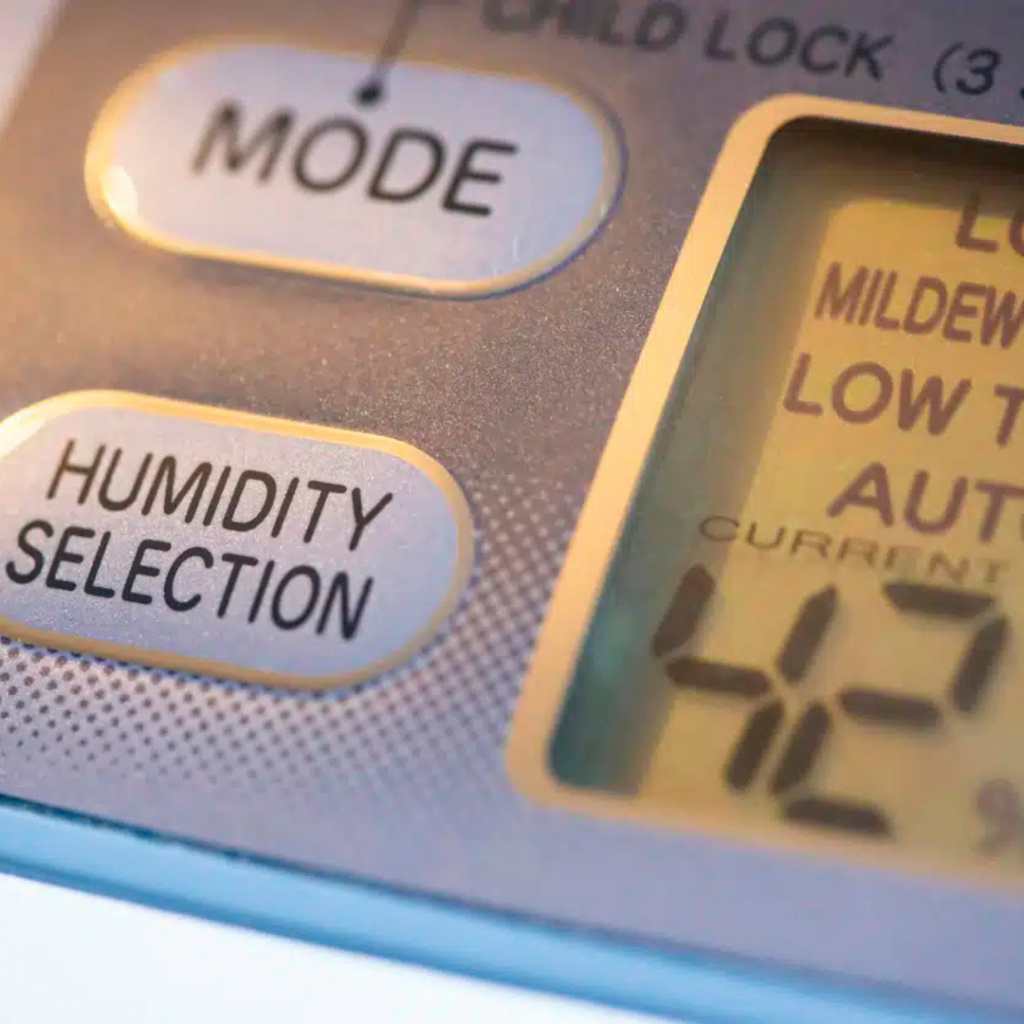
When warm air hits a cold surface, condensation happens. This typically leaves behind damp spots that mould can grow on. To avoid this, try to maintain the humidity inside below 60%. A simple hygrometer (humidity monitor) can help you track moisture levels in the air.
Tip: Avoid drying laundry indoors when possible. If you must, make sure the windows are open or use a tumble dryer with proper ventilation.
3. Regularly Clean and Check for Early Signs of Mould
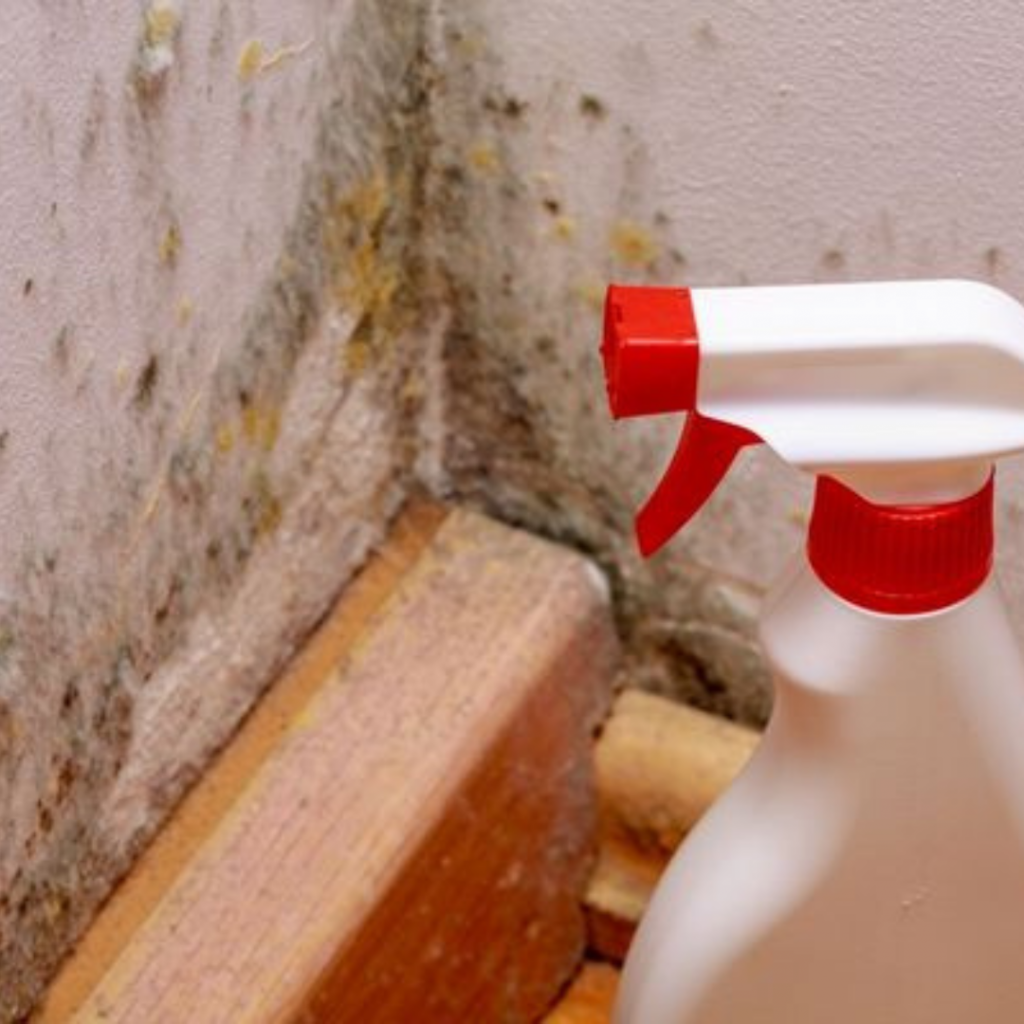
Mould frequently starts in small, hard-to-see places and then spreads. Common hotspots include windowsills, behind furniture, corners of walls, and around bathrooms. Use sprays that kill mould or natural treatments like white vinegar and water to clean these areas often.
Tip: Don’t just wipe away the obvious mould; always treat the area properly so it doesn’t come back.
4. Insulate and Maintain Your Property
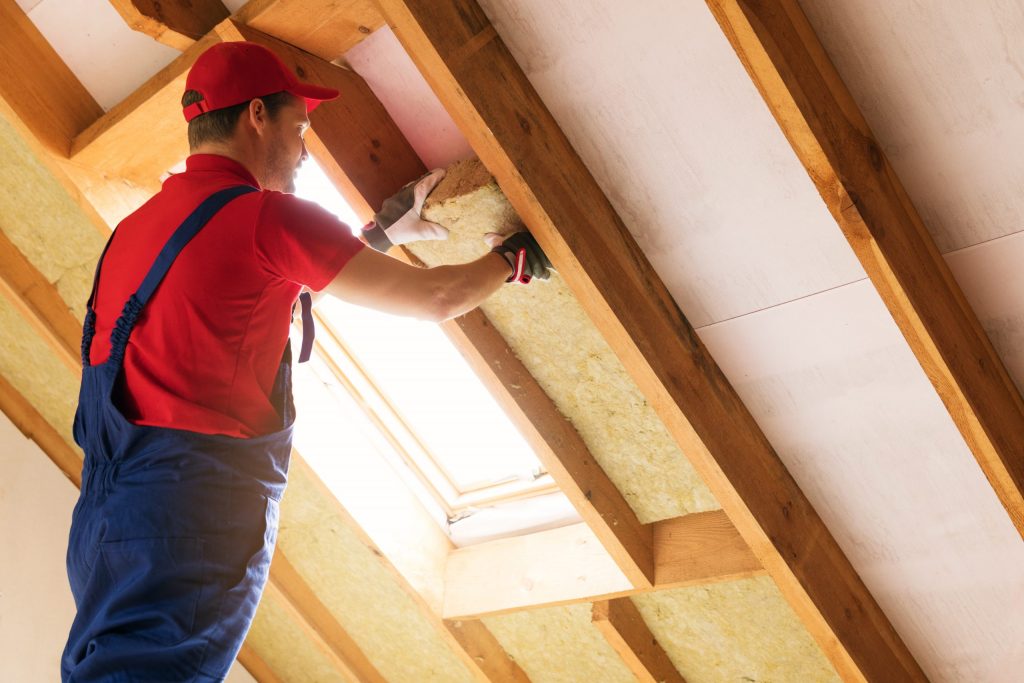
Insulation is very important for keeping condensation from happening. When warm air hits cold surfaces, it is less likely to happen when walls, lofts, and windows are well-insulated. If your property has single-glazed windows, upgrading to double glazing can make a big difference.
Tip: Check your roof, gutters, and pipes for leaks, as excess moisture can encourage mould growth during summer rain showers.
5. Control Indoor Temperature
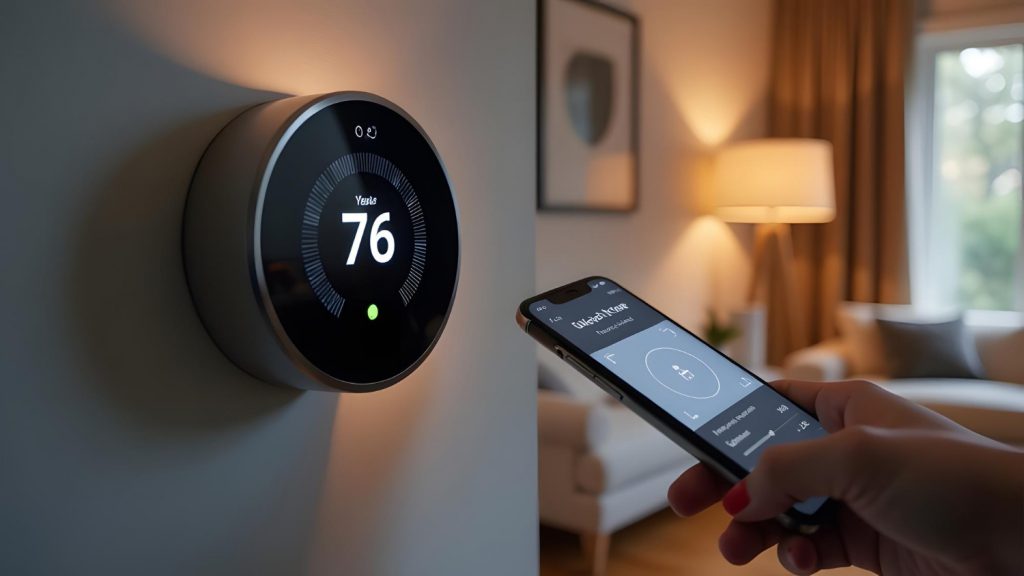
Keeping a consistent indoor temperature helps prevent warm air from condensing on cooler surfaces. In summer, this means avoiding extreme fluctuations caused by air conditioning or fans. Instead, let cross-ventilation (opening windows on different sides of your home) help you naturally balance the temperature inside.
6. Use Anti-Mould Paints and Treatments
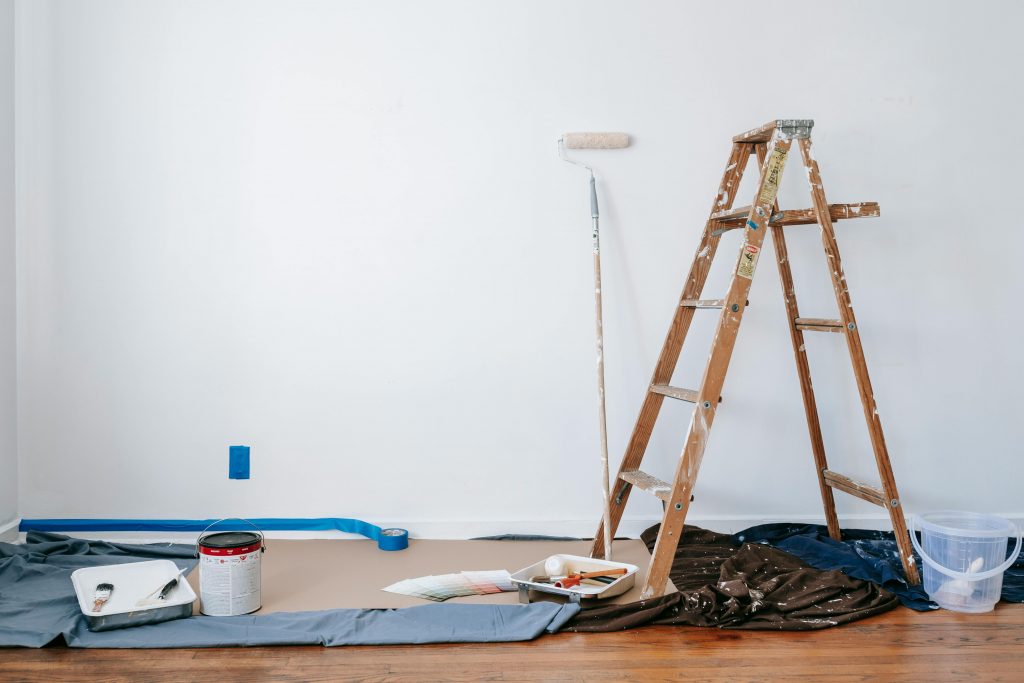
For areas that are more prone to mould—such as bathrooms, kitchens, or basements—anti-mould paints and sealants can provide long-lasting protection. These treatments create a barrier that makes it harder for mould spores to grow, even in humid conditions.
Final Thoughts
Mould and condensation are not just winter problems; they can be just as troublesome in summer if left unmanaged. By improving ventilation, reducing humidity, and maintaining your home properly, you can stop mould before it starts. These six easy steps will not only protect your property but also create a healthier, fresher living environment for you and your family
